Home>Garden Essentials>When To Cut Off Peony Seed Pods
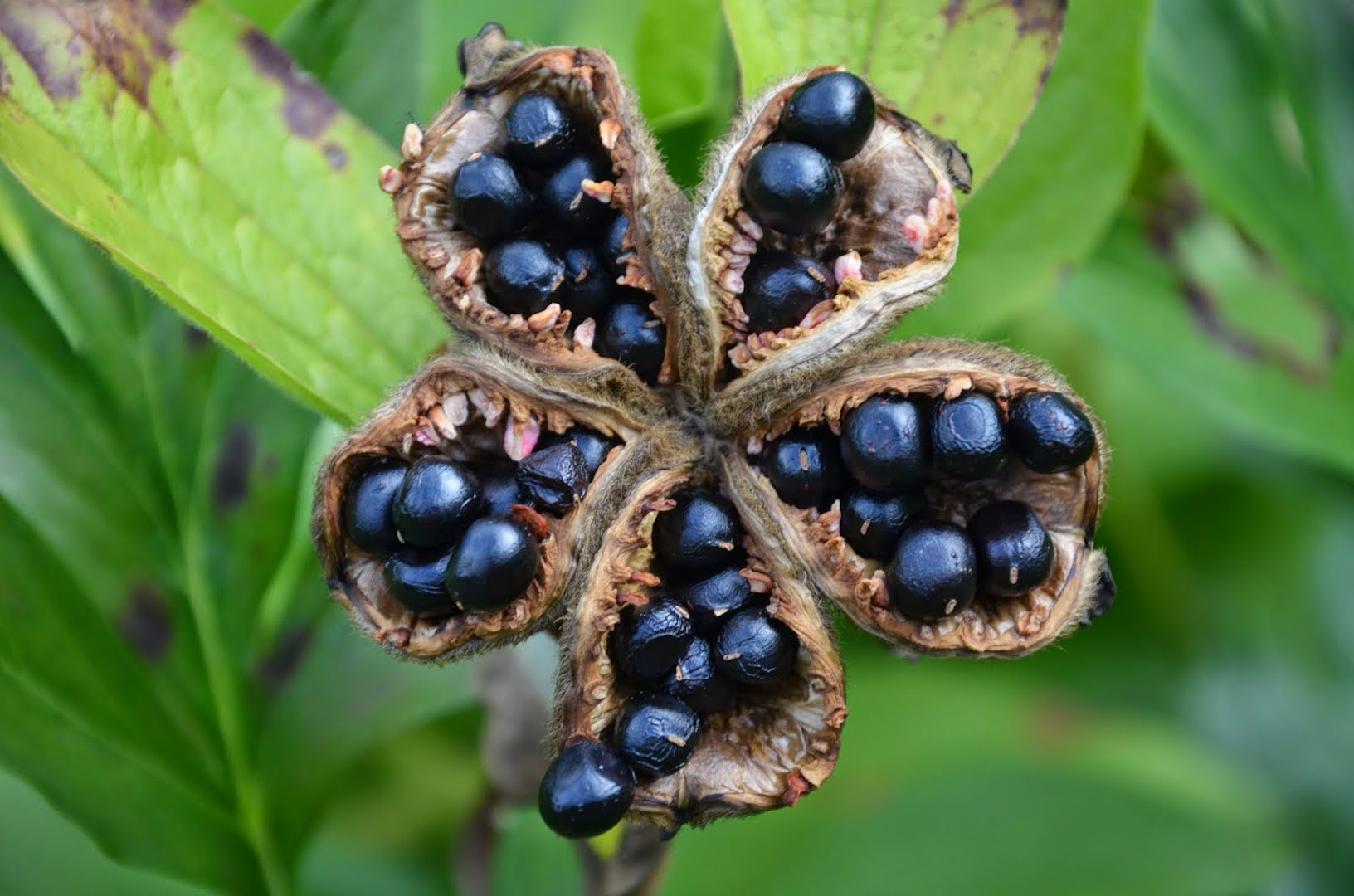

Garden Essentials
When To Cut Off Peony Seed Pods
Modified: August 25, 2024
Learn when to cut off peony seed pods and take control of your garden. Find out the best time for pruning and promoting healthy growth.
(Many of the links in this article redirect to a specific reviewed product. Your purchase of these products through affiliate links helps to generate commission for Storables.com, at no extra cost. Learn more)
Introduction
Growing peonies in your garden can be a rewarding and beautiful experience. These gorgeous flowering plants are known for their showy blooms, vibrant colors, and delightful fragrance. As a garden enthusiast, it is essential to understand various aspects of peony care to ensure their optimal growth and beauty.
One crucial aspect of peony care is knowing when to cut off the seed pods. While the striking blossoms of peonies are undoubtedly the main attraction, the seed pods also play a significant role in the plant’s life cycle. Knowing when and how to remove these seed pods can help promote healthier plants and more abundant blooms in the future.
In this article, we will delve into the world of peony seed pods, understand their formation, and explore the reasons for cutting them off. We will also discuss the best time for removing the seed pods and provide you with tips and techniques to do it effectively.
So, let’s dig into the fascinating world of peony seed pods and discover how they impact the overall health and beauty of your peony plants.
Key Takeaways:
- Cutting off peony seed pods redirects plant energy for healthier growth, bigger blooms, and prevents self-seeding, promoting a vibrant garden.
- Use sharp tools to remove mature seed pods, promoting plant health and vitality, and consider timing and visual signs for optimal removal.
Read more: When Are Desert Rose Seed Pods Ready
Understanding Peony Seed Pods
Peony seed pods are the fruit of the peony plant, formed after the blooming period. They are the result of successful pollination, where the pollen from the stamen is transferred to the pistil of the flower. Once fertilization occurs, the flower begins to wither, and the seed pod starts to develop.
Peony seed pods form by the transformation of the pistil, the female reproductive part of the flower, into a pod-like structure. This process is known as fertilization and happens when pollen from the stamen, the male reproductive organ, reaches the stigma, the tip of the pistil. The pollen then travels down through the style and reaches the ovary, where it fertilizes the ovules.
The formation of peony seed pods is vital for the plant’s life cycle. These pods contain the seeds that, when planted, can potentially grow into new peony plants. They play a crucial role in reproduction, dispersal, and propagation of the species. Peonies rely on pollinators like bees and butterflies to transfer pollen from one flower to another, ensuring successful fertilization and the formation of seed pods.
While the primary purpose of peony seed pods is reproduction, they also serve as a natural defense mechanism. Some varieties of peonies produce pods with a sticky substance that acts as a deterrent to pests and insects. This protective mechanism helps to prevent damage to the developing seeds and ensures their survival.
Moreover, peony seed pods can also be a source of genetic variation. When a peony plant self-pollinates, there is a possibility of genetic diversity within the offspring. This diversity is essential for the adaptability and resilience of the peony species.
Overall, peony seed pods are an integral part of the plant’s life cycle, contributing to reproduction, genetic diversity, and protection of the seeds. However, there are times when it may be necessary to cut off these seed pods to promote the overall health and vitality of your peony plants.
Signs of Mature Seed Pods
As a peony gardener, it is important to recognize the signs of mature seed pods to determine if they are ready for harvest. Here are some visual characteristics to look out for:
1. Visual characteristics of mature seed pods: Mature peony seed pods typically have a plump and rounded shape. They can vary in size, depending on the peony variety, but generally range from one to three inches in diameter. The color of the seed pods also changes as they mature, transitioning from green to a brownish or tan hue.
2. Changes in color, size, and texture: When the seed pods reach maturity, they undergo noticeable changes in color, size, and texture. The green pods gradually turn a yellowish-brown or straw color, indicating that they are nearing readiness for harvest. Additionally, the pods become more firm and leathery in texture as they ripen.
3. Determining if seed pods are ready for harvest: To determine if the seed pods are ready for harvest, gently squeeze them. Mature seed pods should feel firm and resilient, indicating that the seeds inside have developed fully. If the pods are still soft or squishy, they are not yet mature and should be left on the plant to continue ripening.
Another way to check for maturity is by examining the seeds within the pods. Carefully open a seed pod and inspect the seeds. If the seeds are dark brown or black, firm, and easily detach from the pod, it is a good indication that the seed pods are ready to be harvested.
It is important to note that the timing of seed pod maturity can vary depending on the peony variety and local climate conditions. Therefore, it is best to observe and monitor the pods closely for these visual signs to ensure that they are harvested at the optimal time.
Knowing the signs of mature seed pods will help you determine the right time for harvest, ensuring that you collect healthy and viable seeds for future propagation and maintaining the overall health of your peony plants.
Reasons to Cut Off Peony Seed Pods
While peony seed pods are an essential part of the plant’s reproductive process, there are several reasons why you may want to consider cutting them off. Let’s explore some of these reasons:
1. Preventing energy drain on the plant: Peony plants expend a significant amount of energy to produce and mature seed pods. By removing the seed pods, you redirect the plant’s energy towards other vital processes, such as root development and foliage growth. This allows the plant to store more energy for the following growing season, promoting overall plant health and longevity.
2. Encouraging stronger root development: By cutting off the seed pods, you encourage the peony plant to divert its resources towards root development. Strong and healthy roots are crucial for the plant’s stability, nutrient absorption, and water uptake. With a stronger root system, the peony plant will be better equipped to withstand environmental stresses and produce more robust growth in the future.
3. Promoting bigger and healthier blooms: Removing the seed pods can be beneficial in producing larger and more vibrant peony blooms. By eliminating the energy-consuming process of seed production, the plant can channel its resources towards flower bud development and blooming. This can result in bigger, fuller, and more visually appealing peony flowers.
4. Preventing self-seeding and potential weed problems: Peony plants have the ability to self-seed, meaning that the seeds produced by the seed pods can germinate and grow new plants. While this can seem desirable in some cases, it can also lead to overcrowding and competition among the peonies. Additionally, self-seeded plants may not retain the same characteristics as their parent plants. By removing the seed pods, you prevent self-seeding and the potential for weed problems caused by unwanted seedlings.
By cutting off the seed pods, you not only enhance the overall appearance of your peony plants but also promote their overall health and vitality. It is important to note that cutting off the seed pods does not harm the plant and is a routine practice in peony care.
It is best to cut off peony seed pods once they have turned brown and started to split open. This is usually in late summer or early fall. Removing the seed pods will encourage the plant to put more energy into growing strong roots for the next year’s blooms.
Best Time to Cut Off Peony Seed Pods
Knowing the best time to cut off peony seed pods is crucial for maintaining the health and appearance of your peony plants. The timing can vary depending on the peony variety and environmental factors. Let’s take a closer look at the key considerations and typical timeframes for cutting off the pods:
1. Timing considerations for different peony varieties: Different peony varieties have varying bloom times and seed pod development rates. Some early-blooming varieties may form seed pods sooner than late-blooming ones. It’s important to familiarize yourself with the specific characteristics and bloom times of your peony varieties to determine when they typically start to form mature seed pods.
2. Factors that influence the timing of seed pod removal: Several factors can influence the timing of seed pod removal. These include the desired aesthetics of the garden, whether you want to enjoy the beauty of the seed pods or prioritize removing them for plant health. Additionally, environmental conditions, such as temperature and rainfall, can affect the speed of seed pod development. If you notice that the pods are developing rapidly, you may want to consider removing them earlier to prevent the plant from expending unnecessary energy.
3. Typical timeframes for cutting off the pods: On average, peony seed pods begin to form after the blooming period, usually in late spring or early summer. As a general guideline, you can start examining the seed pods approximately six weeks after the flowers have bloomed. At this stage, you can monitor their color, size, and texture to determine their maturity. Once the seed pods have reached the desired visual characteristics, you can proceed to cut them off.
It is essential to note that the specific timing for cutting off peony seed pods may vary from one garden to another. Observing and monitoring your peony plants closely will help you determine the optimal time for removing the pods. Always remember that cutting off the seed pods does not harm the plant and can have numerous benefits for its overall health and future blooms.
By considering the timing considerations, factors influencing seed pod development, and typical timeframes, you can ensure that you are cutting off the peony seed pods at the right time, promoting the well-being and beauty of your beloved peony plants.
Tools and Techniques for Removing Seed Pods
When it comes to removing seed pods from your peony plants, having the right tools and employing proper techniques is essential to avoid damaging the plant. Let’s explore some recommended tools, techniques, and pruning tips for effectively removing peony seed pods while maintaining the overall health of the plant.
1. Recommended tools for cutting off seed pods: To cut off peony seed pods, you will need sharp and clean pruning shears or scissors. Make sure that the blades are sharp to create clean cuts and reduce the risk of harming the plant. It’s also important to sanitize the tools before use to prevent the spread of diseases or infections.
2. Proper techniques to avoid damaging the plant: To remove the seed pods, locate the stem right below the seed pod and position the blades of your pruning shears or scissors at a slight angle. Make a clean cut as close to the stem as possible without damaging any surrounding foliage or shoots. Avoid cutting into the main stem or damaging any new growth.
When making the cuts, ensure that you are not pulling or tugging on the seed pods, as this can stress the plant and potentially cause damage. Instead, use a steady hand and a precise cutting motion to cleanly and safely remove the seed pods.
3. Pruning tips for maintaining the overall health of the peony: While removing the seed pods, take the opportunity to perform some routine pruning to maintain the overall health of the peony plant. Look for any dead, diseased, or damaged foliage or stems and remove them by making clean cuts at the base of the stem.
It’s also important to remove any yellow or withered leaves, as they can attract pests and potentially harbor diseases. Keep an eye out for any overcrowded areas and thin out the plants if necessary, providing adequate airflow and reducing the risk of fungal infections.
Additionally, consider cutting back any excessively long or leggy stems to promote a more compact and balanced growth habit. Prune the stems to just above a healthy leaf node to encourage new growth and improve the overall appearance of the plant.
By employing proper tools and techniques and incorporating regular pruning practices, you can remove the peony seed pods effectively while ensuring the overall health and beauty of your peony plants. Remember to sanitize your tools, make clean cuts, and take advantage of the opportunity to perform routine pruning tasks during the process.
Conclusion
Knowing when and how to cut off peony seed pods is an important aspect of peony care. While seed pods are a natural part of the plant’s reproductive process, there are valid reasons for removing them. By cutting off the seed pods at the right time, you can promote the overall health and vitality of your peony plants, leading to bigger, healthier blooms and stronger root development.
Understanding the visual signs of mature seed pods, such as changes in color, size, and texture, is key to determining when they are ready for harvest. By removing the seed pods, you prevent unnecessary energy drain on the plant, redirecting resources towards root development and promoting more robust growth in the future. Additionally, removing the pods can prevent self-seeding, potential weed problems, and contribute to the overall aesthetics of your garden.
When removing the seed pods, use sharp and clean pruning shears or scissors to make clean cuts just below the pod. Be careful not to damage the plant or any new growth. This is also an opportunity to perform routine pruning by removing any dead, diseased, or damaged foliage or stems.
Timing considerations, such as different bloom times and environmental factors, influence the appropriate time to cut off the seed pods. By observing the visual signs and monitoring your peony plants closely, you can determine the optimal timing for seed pod removal.
In conclusion, by understanding the reasons for cutting off peony seed pods, employing the right tools and techniques, and considering the timing considerations, you can effectively remove the seed pods while ensuring the overall health and beauty of your peony plants. This practice will help you maintain vibrant peony blooms and create a more robust and thriving garden. Happy gardening!
Frequently Asked Questions about When To Cut Off Peony Seed Pods
Was this page helpful?
At Storables.com, we guarantee accurate and reliable information. Our content, validated by Expert Board Contributors, is crafted following stringent Editorial Policies. We're committed to providing you with well-researched, expert-backed insights for all your informational needs.
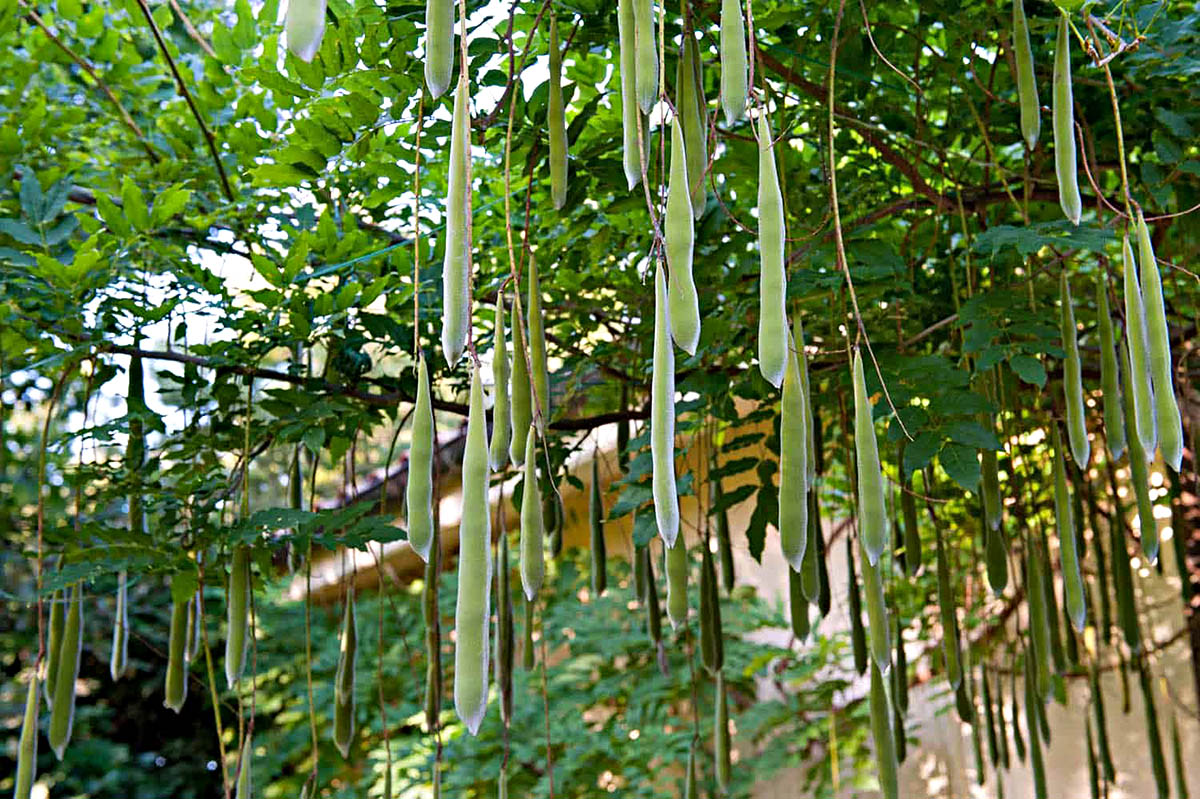
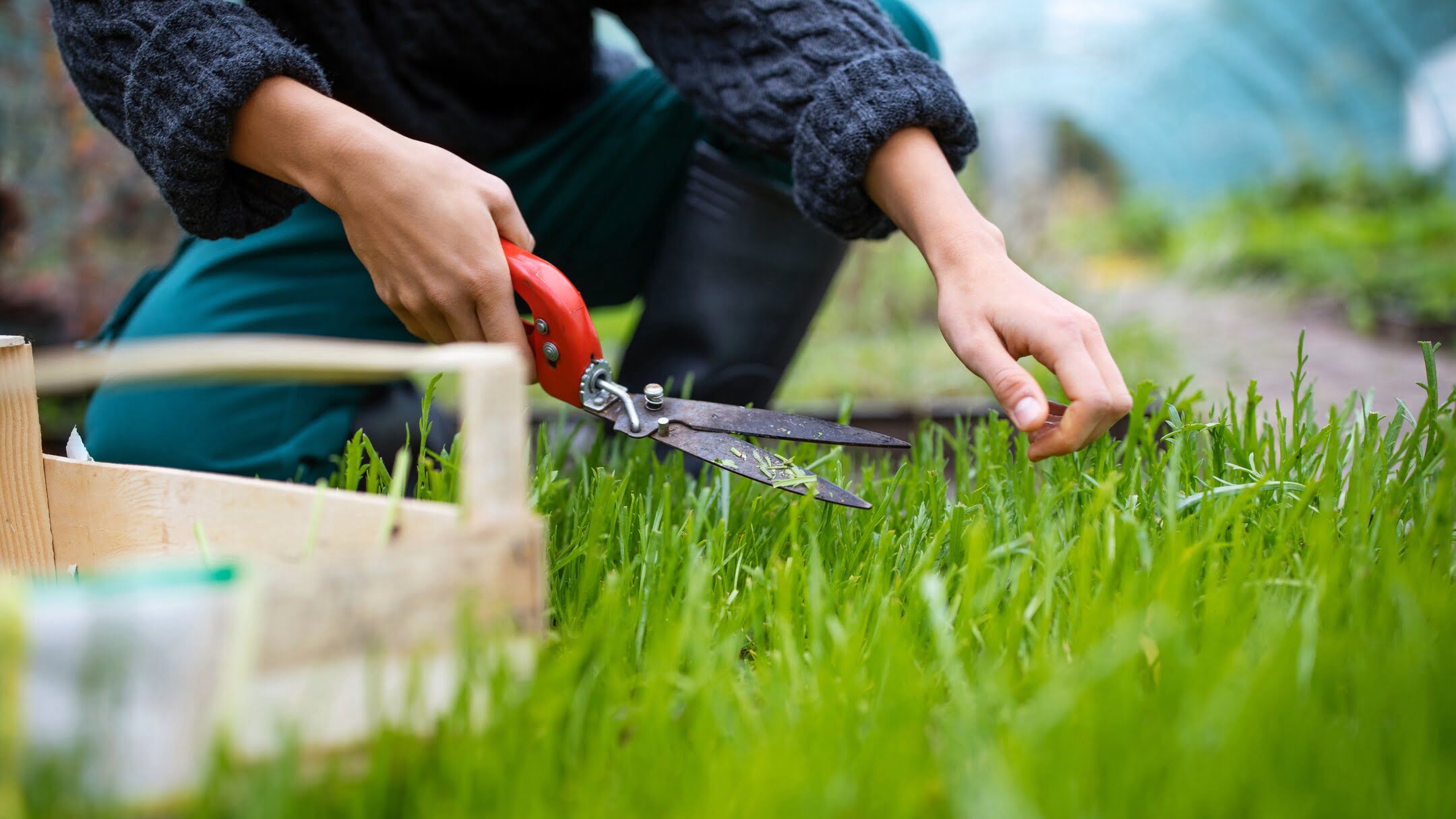
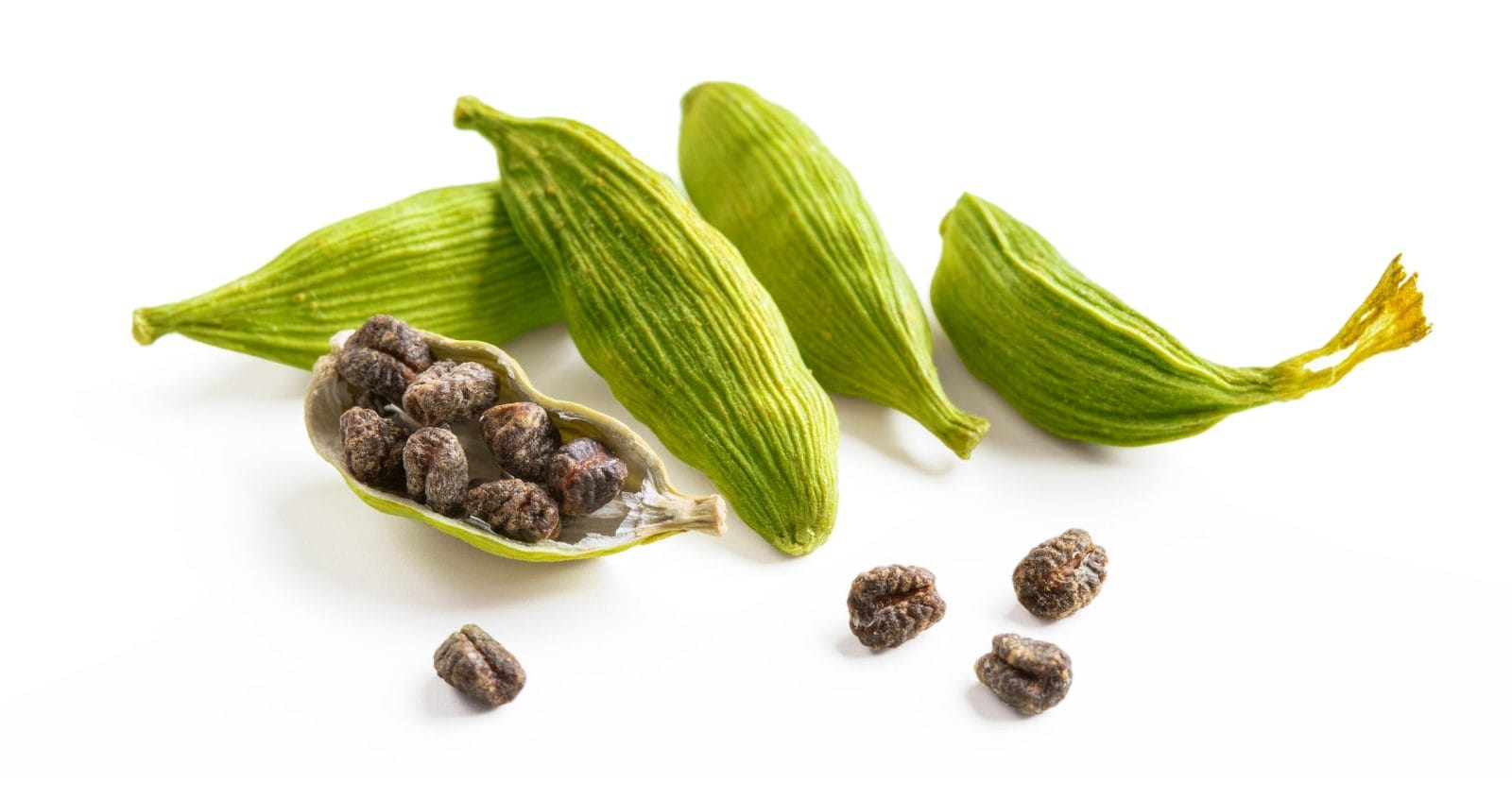
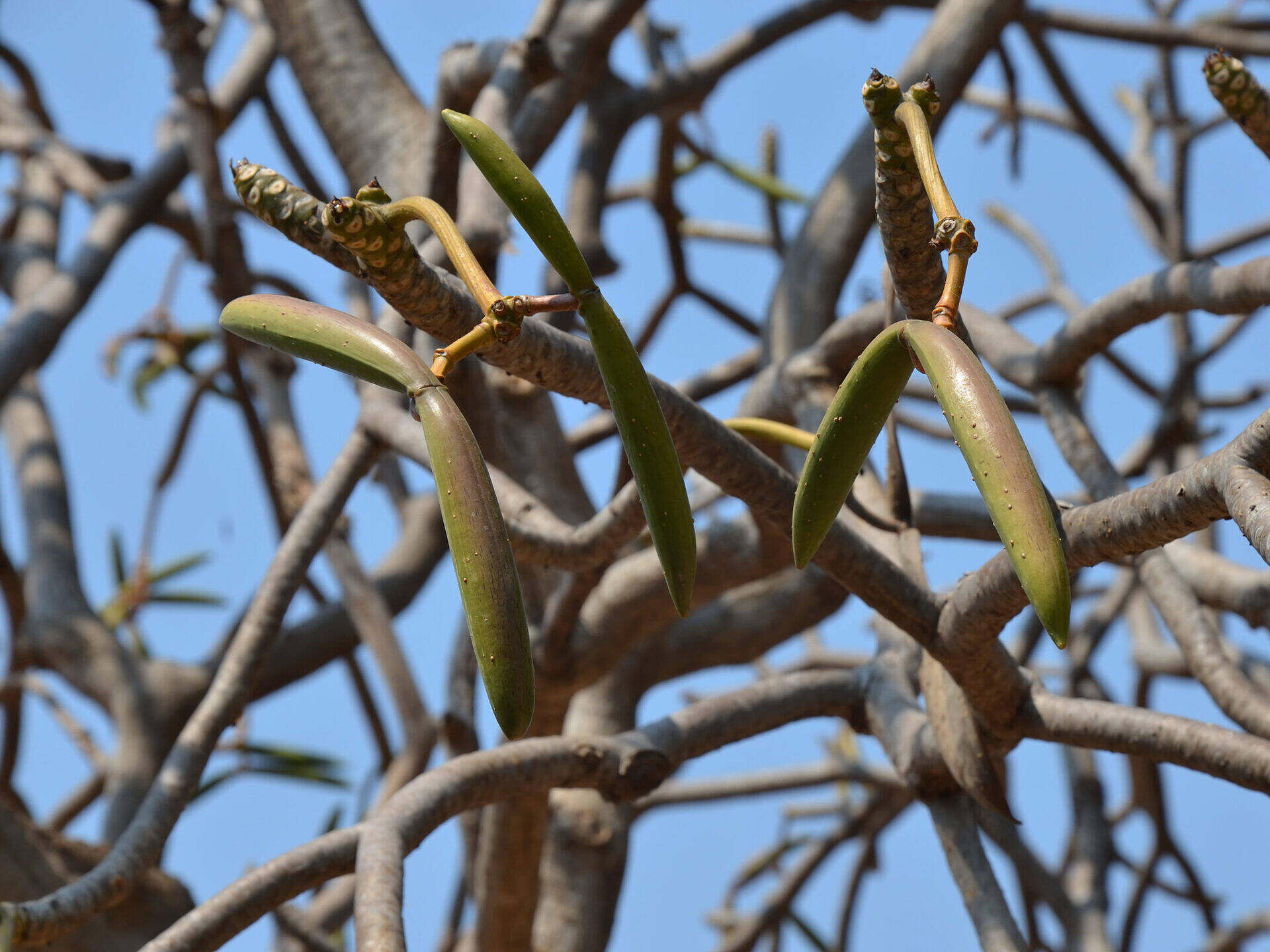
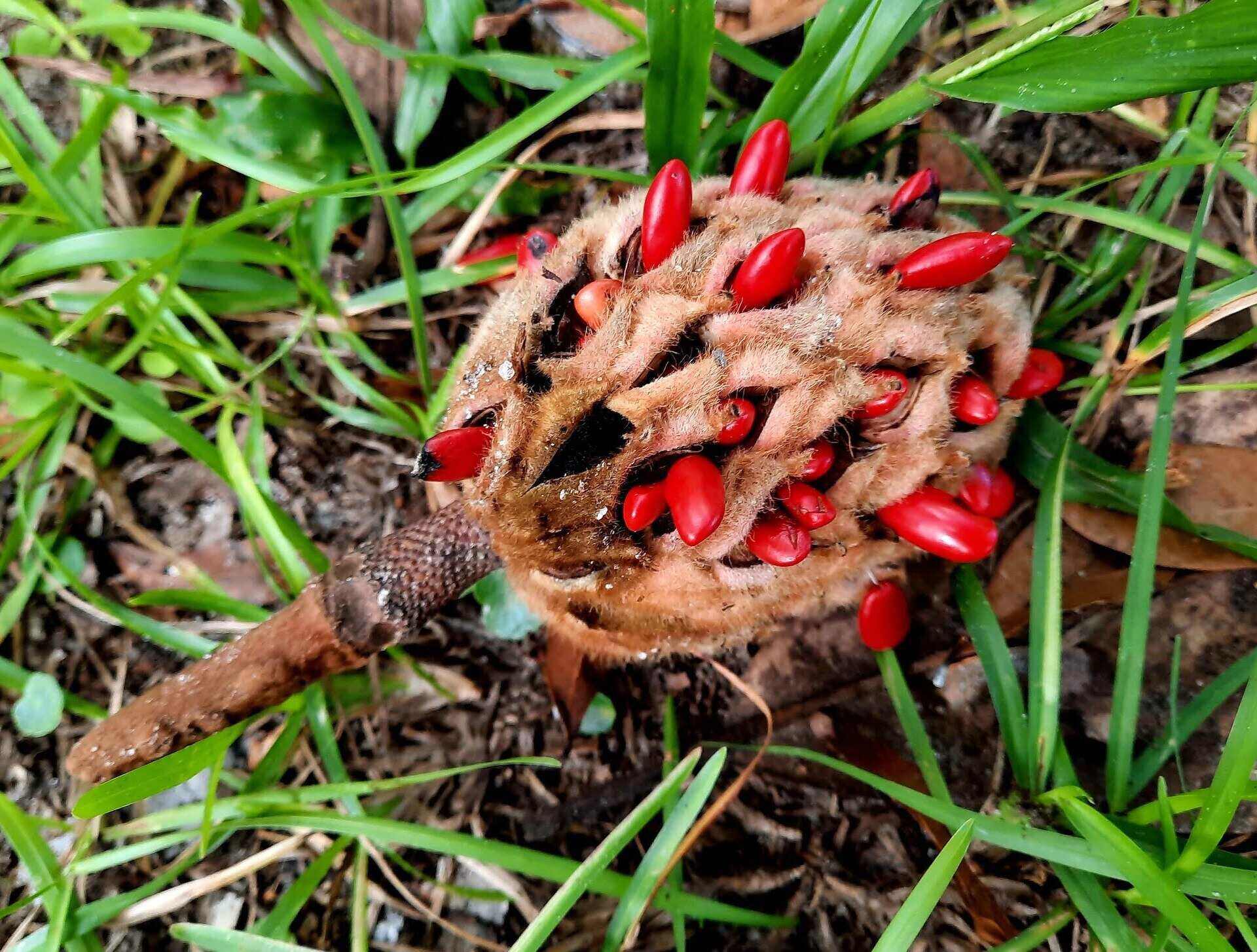
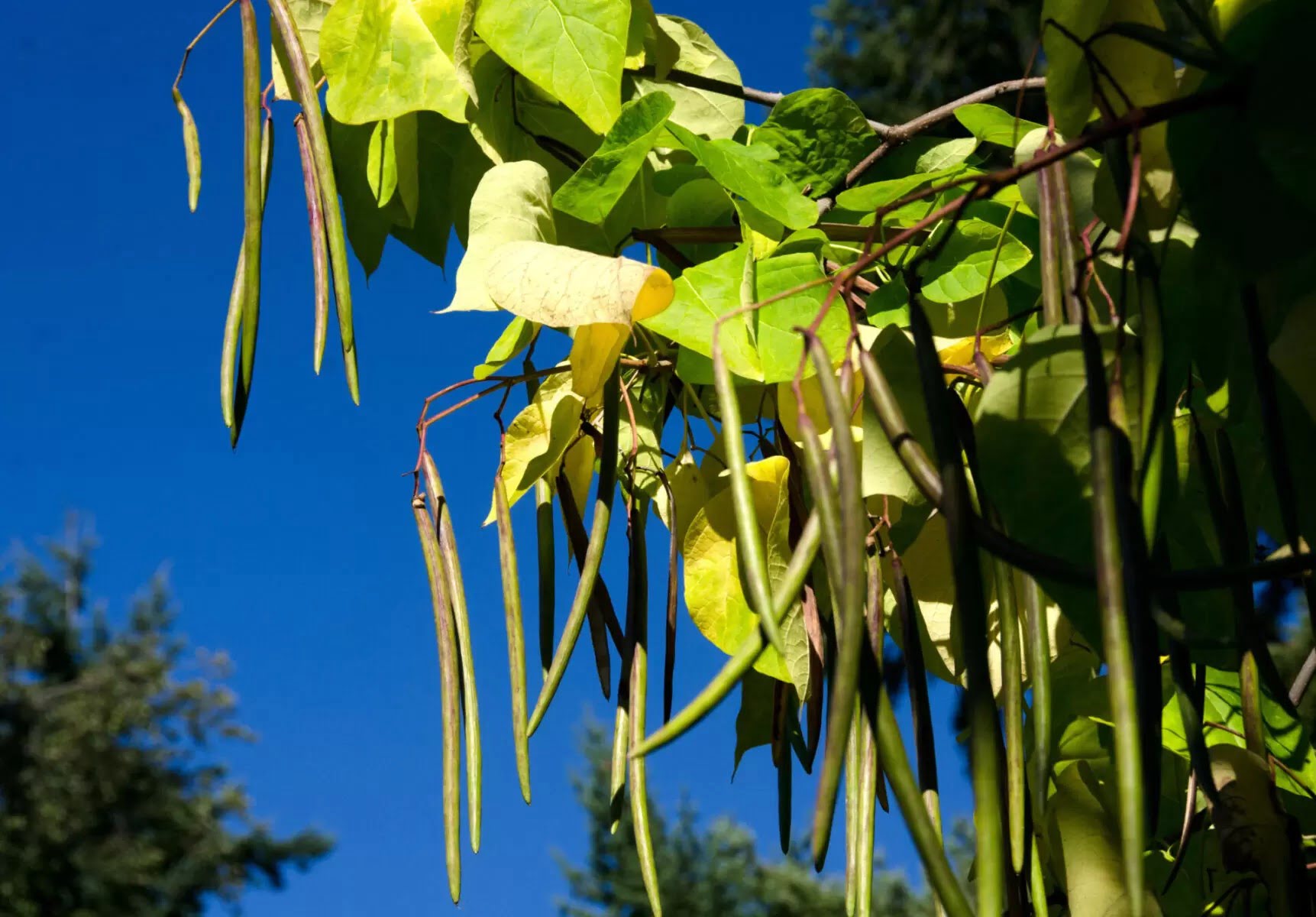
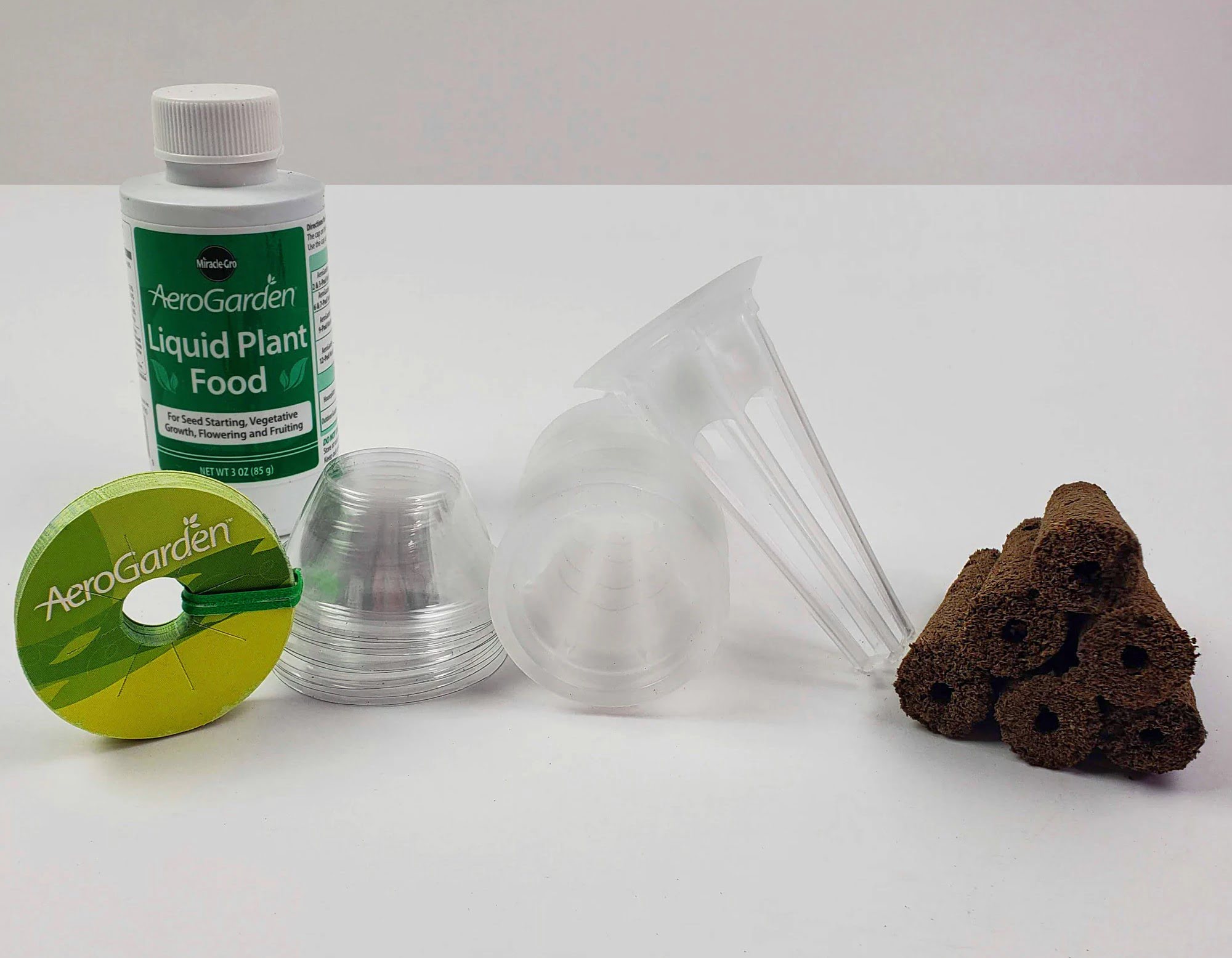
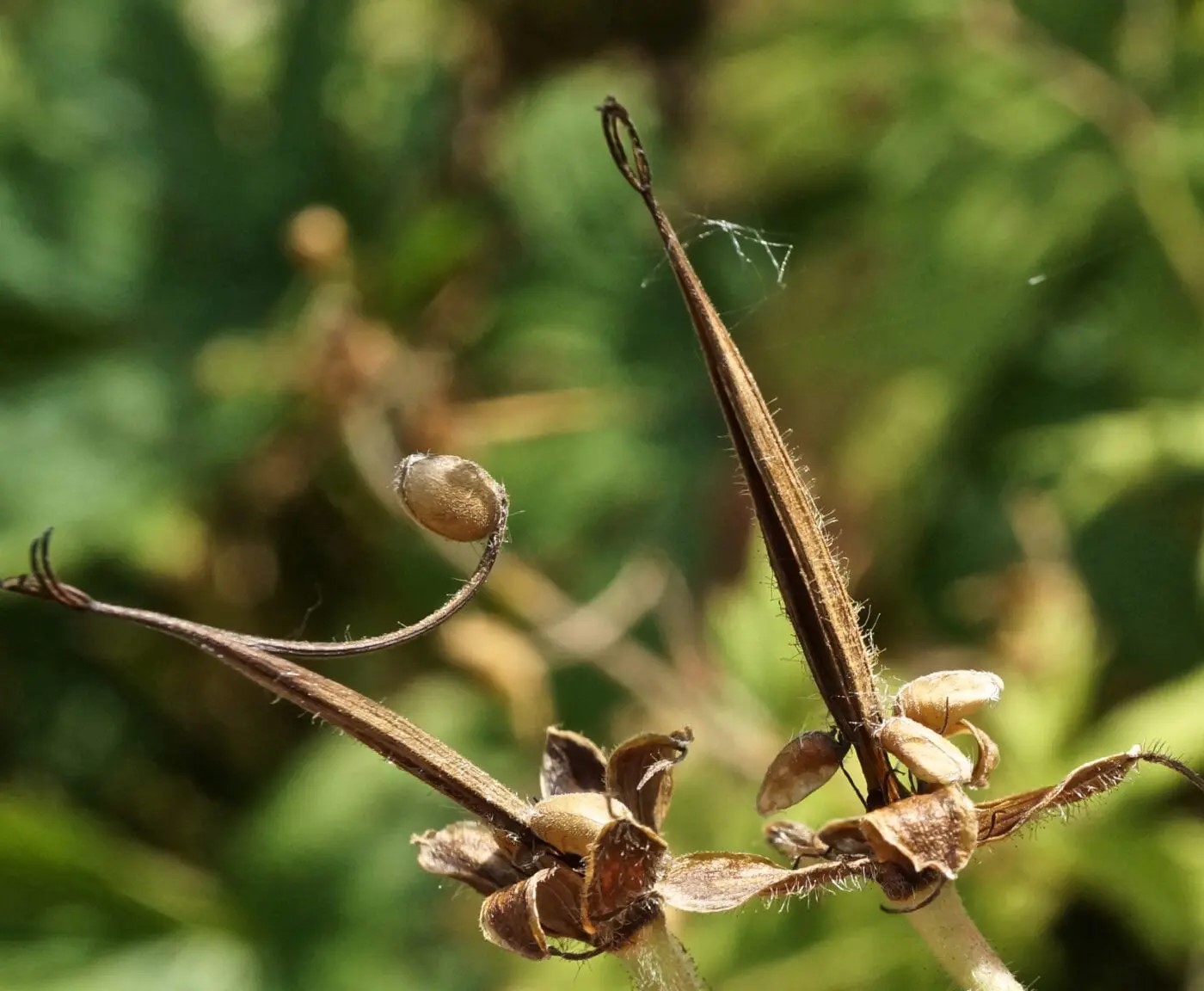
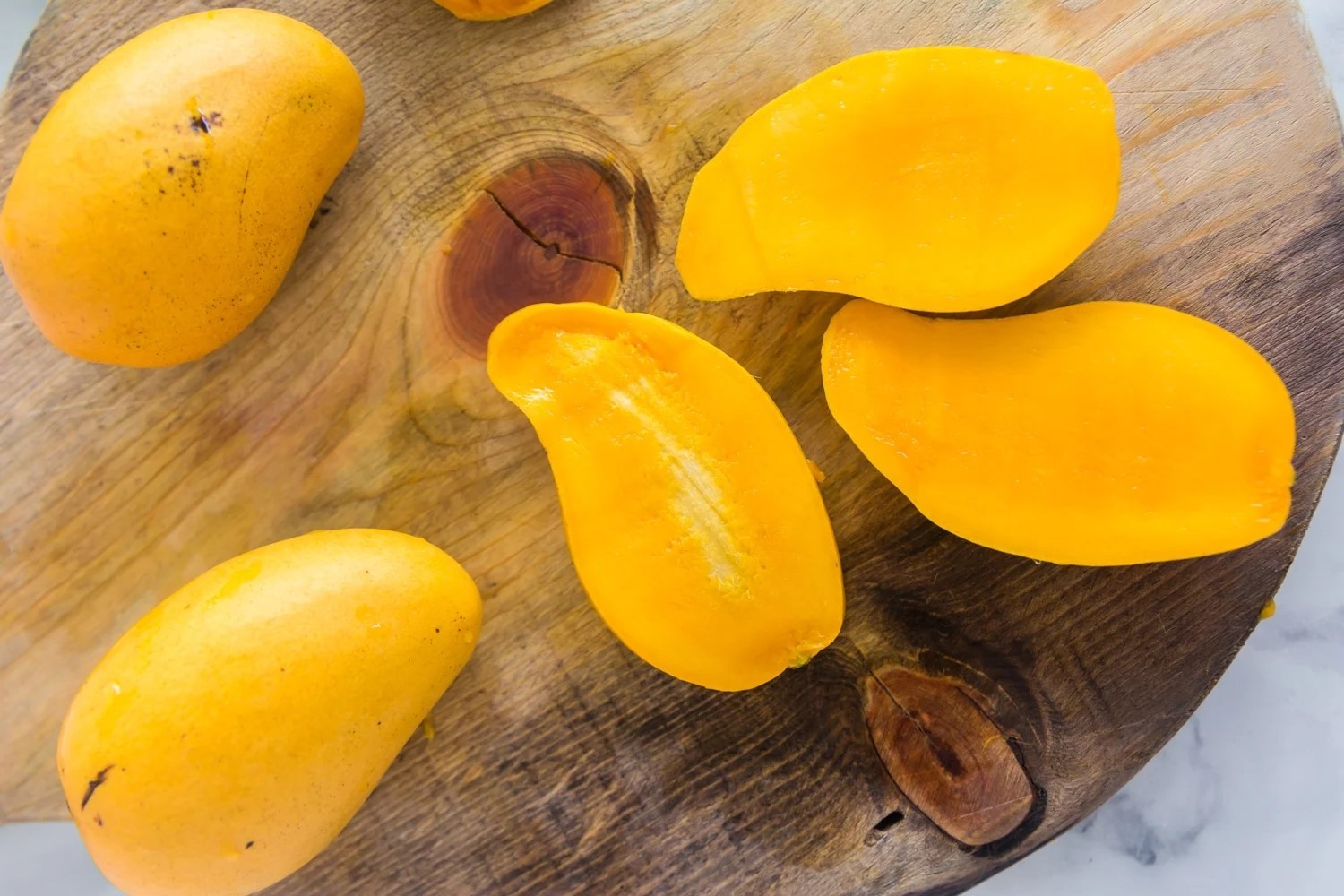
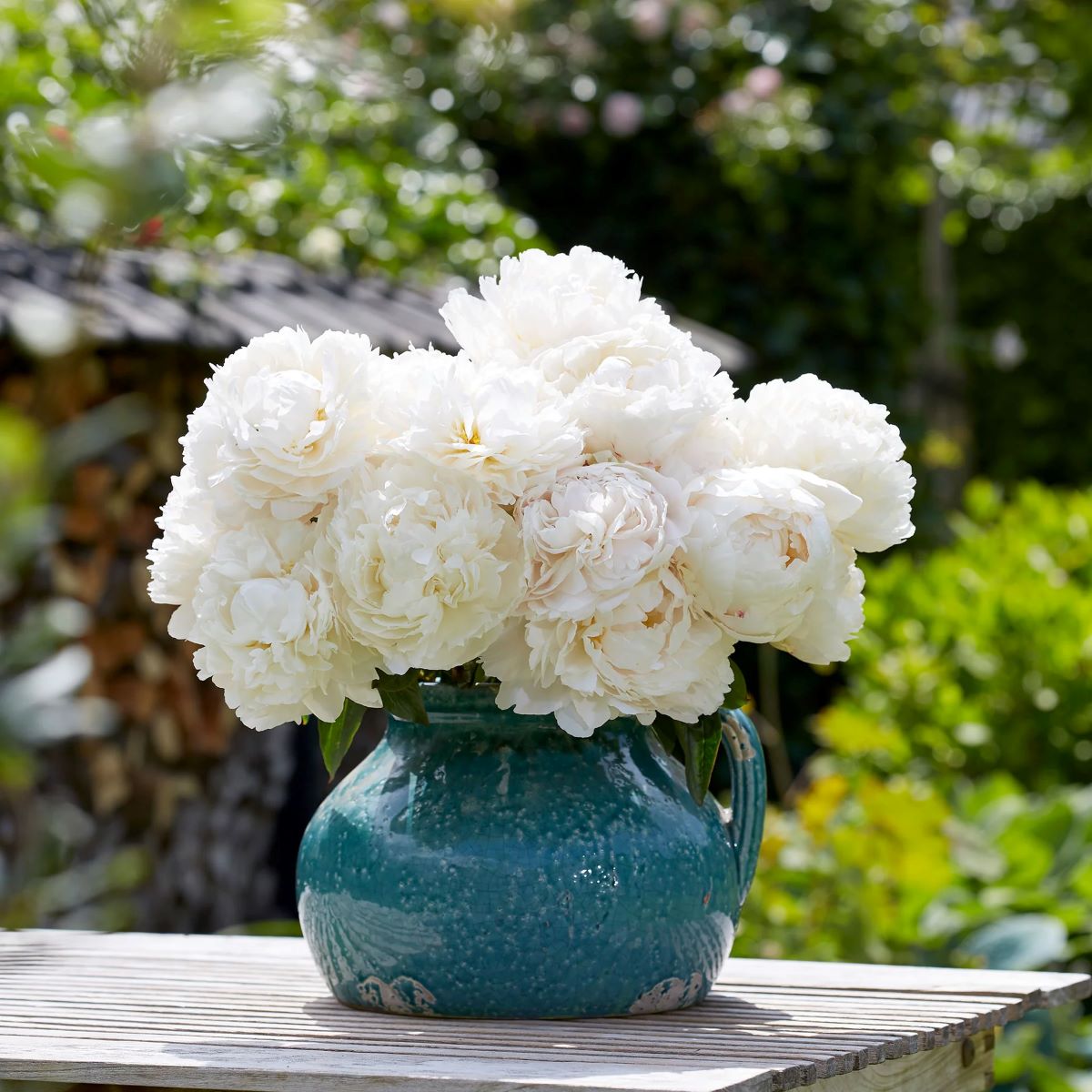
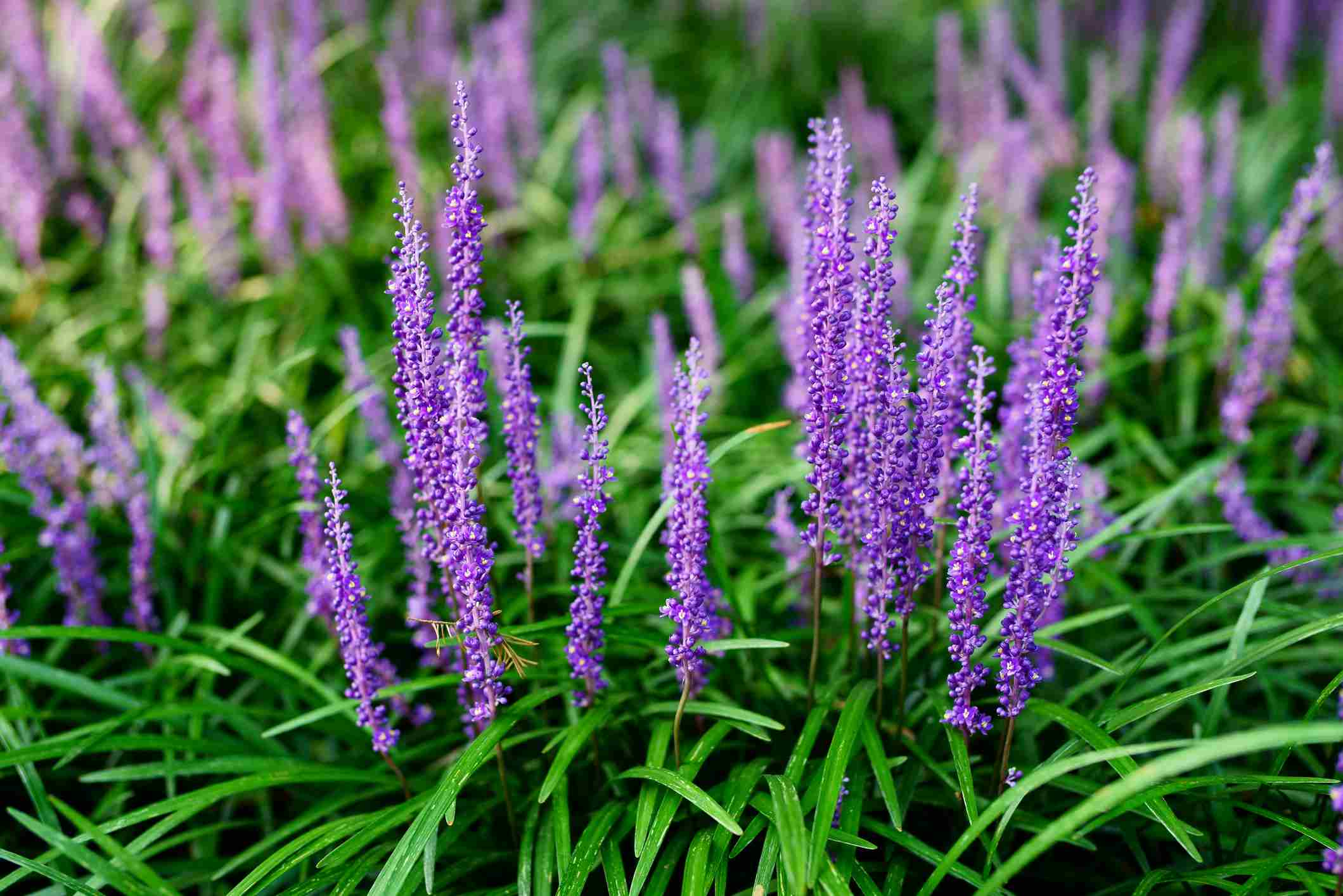

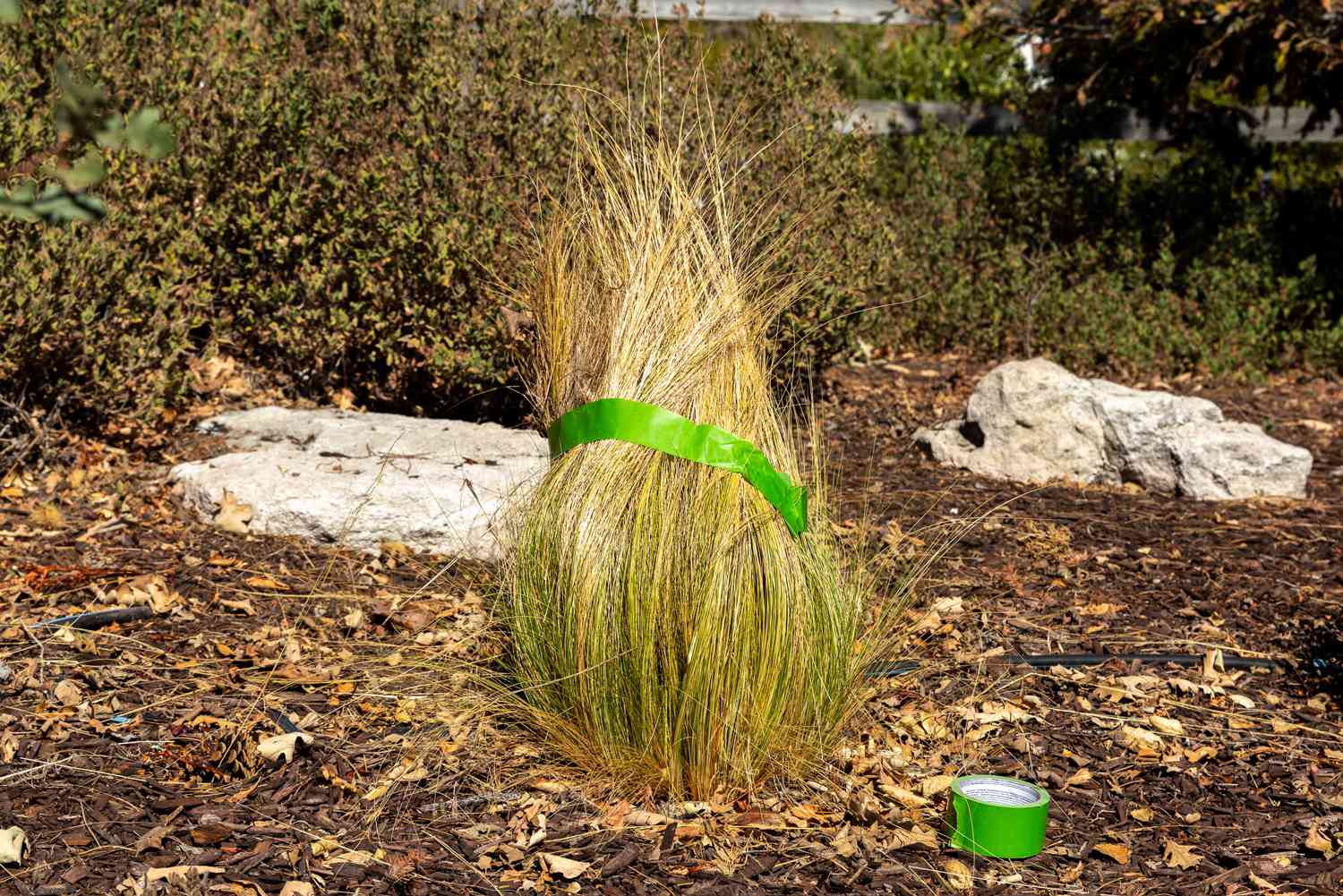
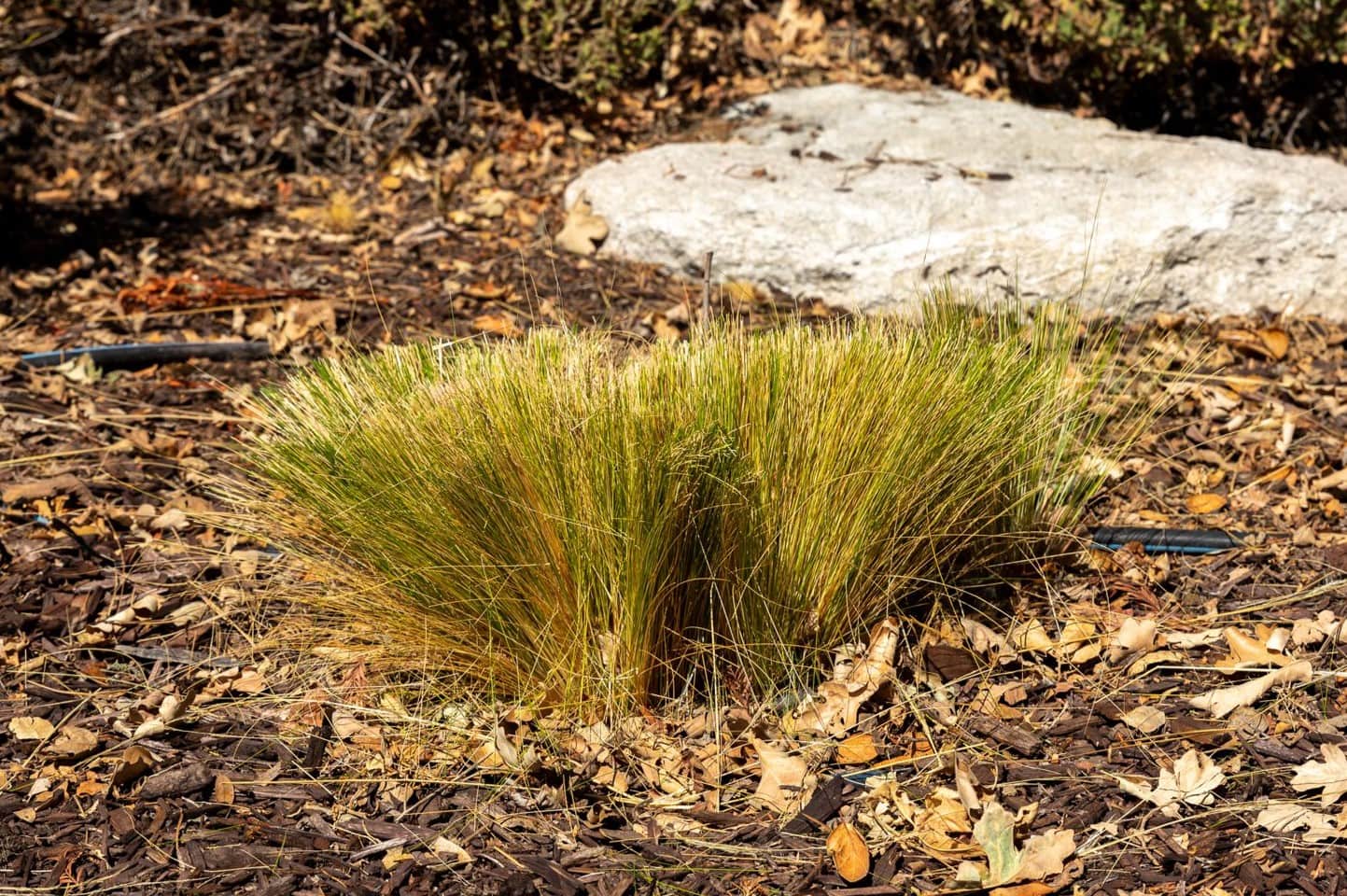

0 thoughts on “When To Cut Off Peony Seed Pods”